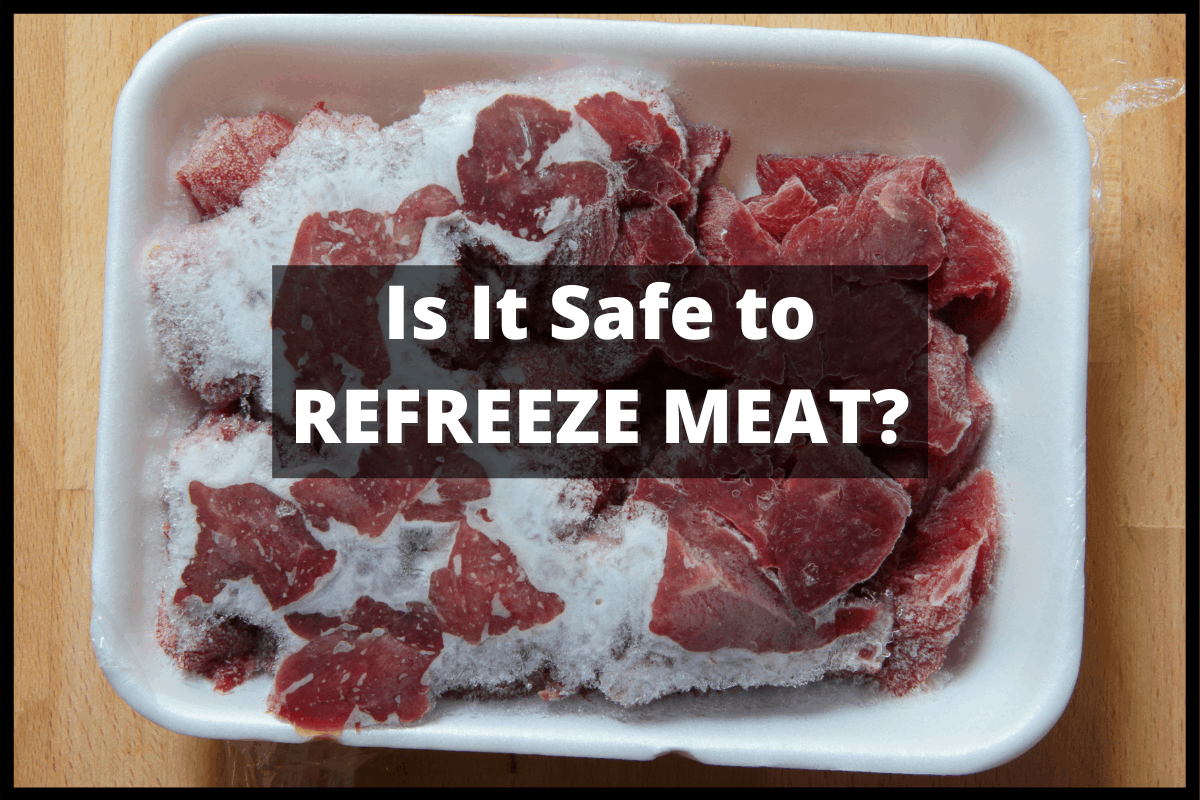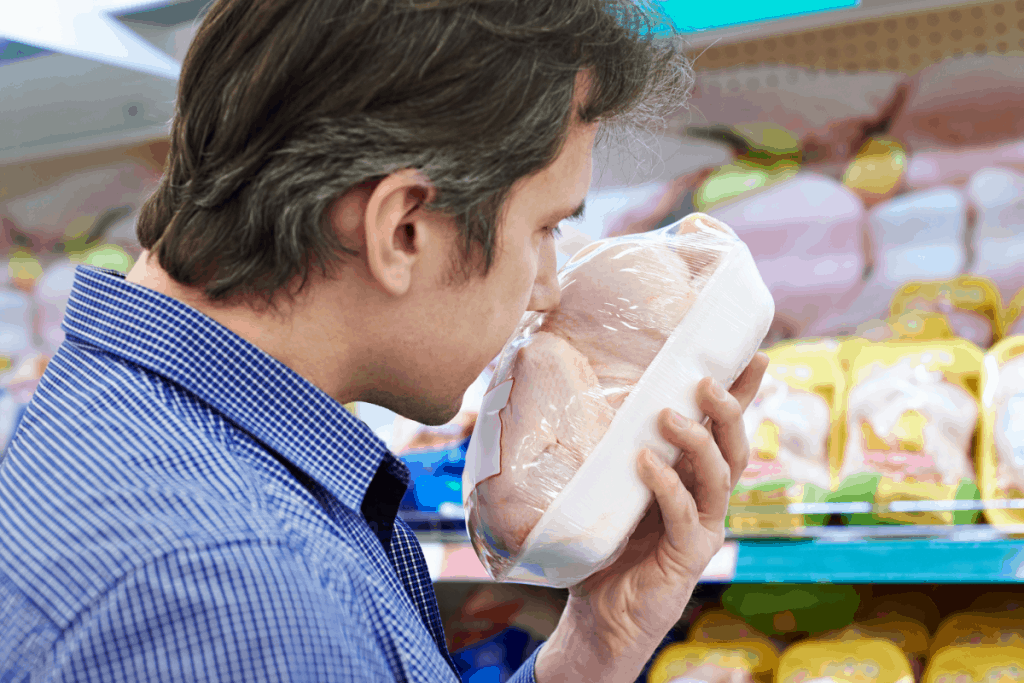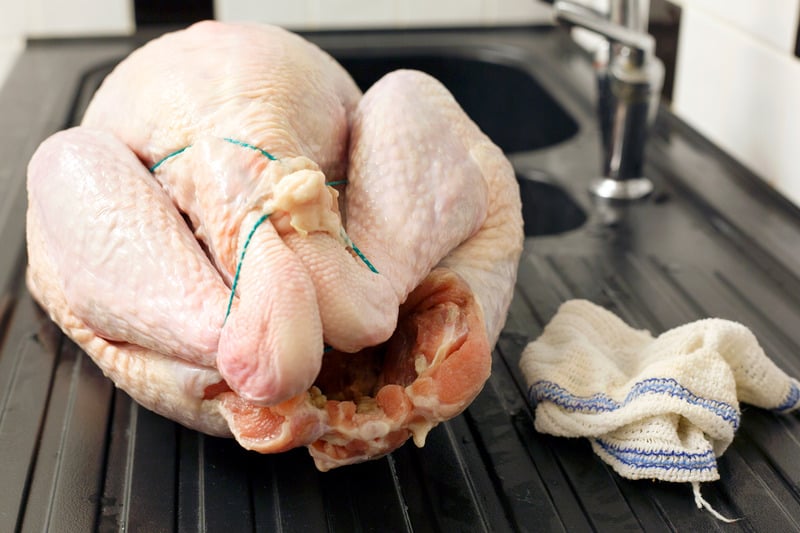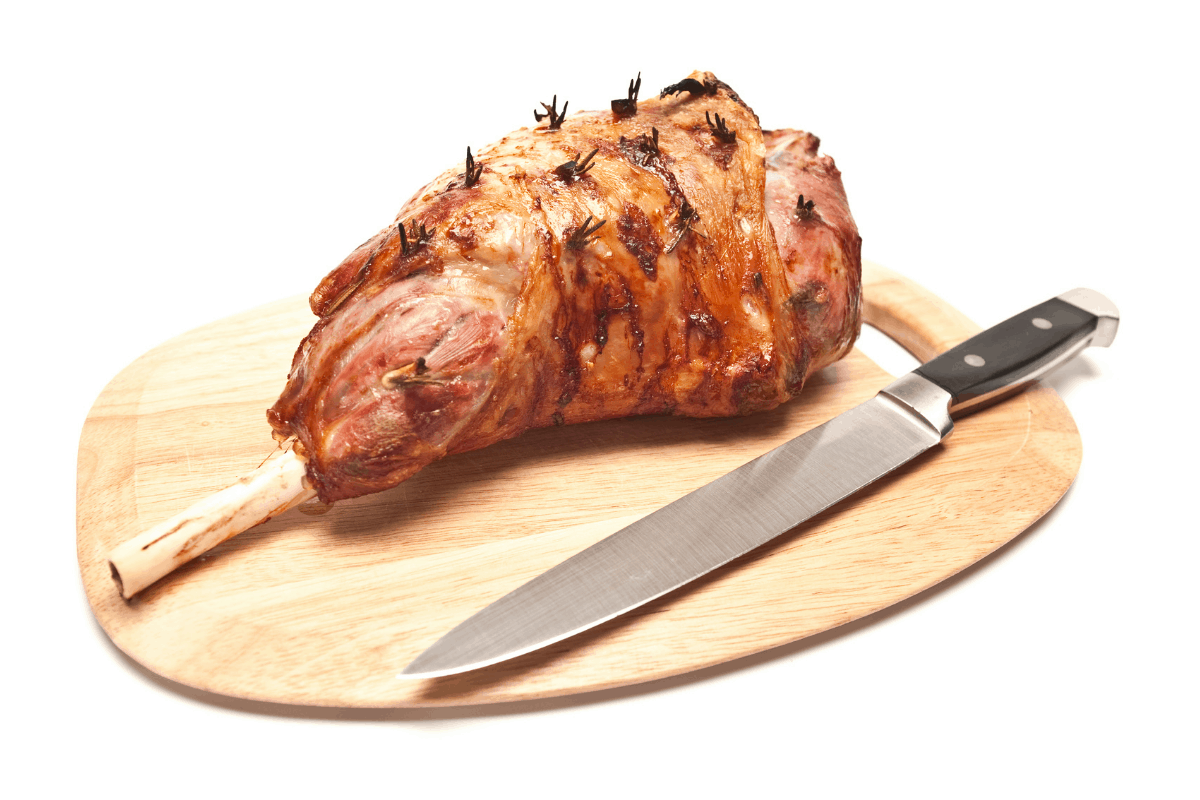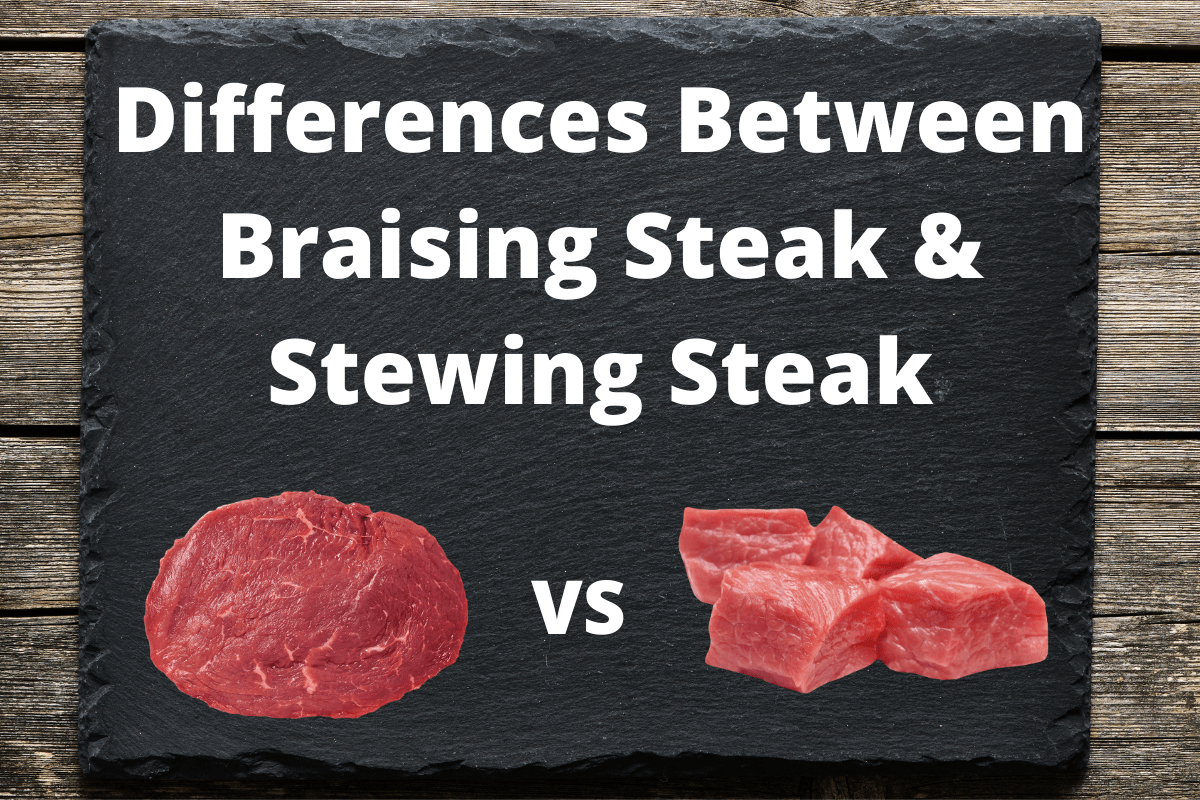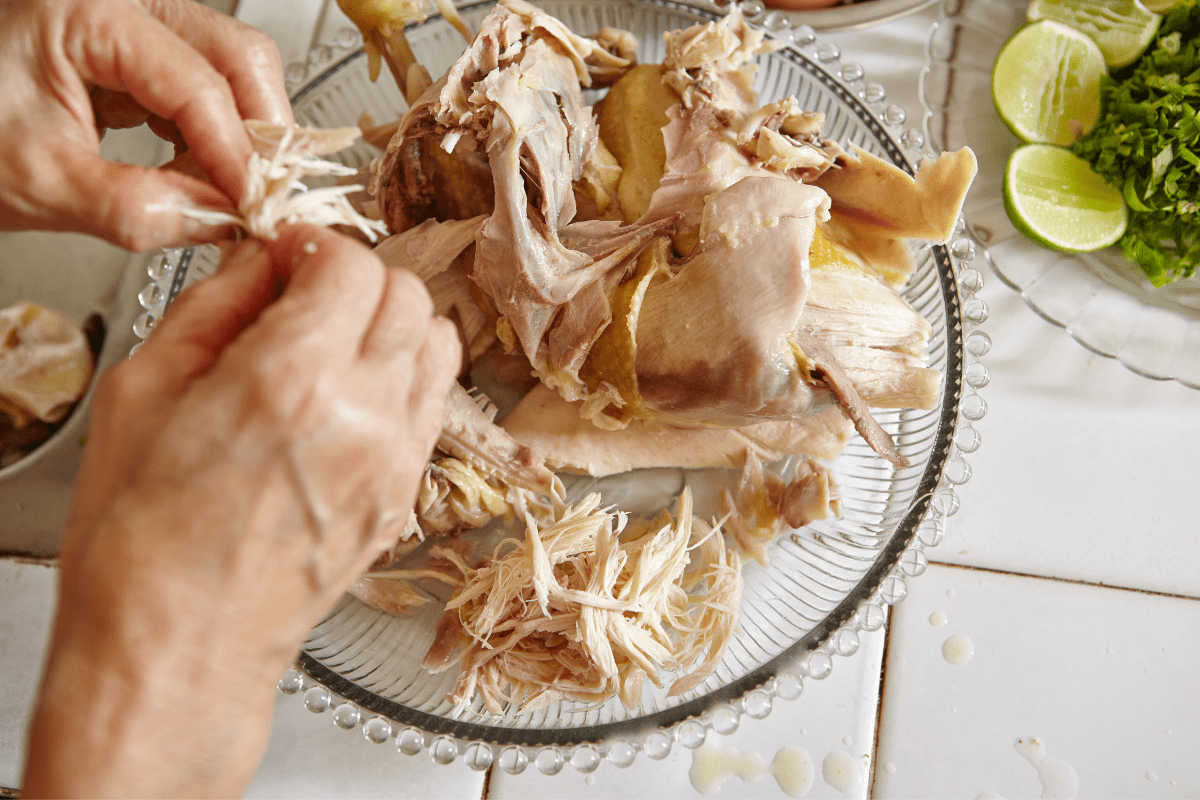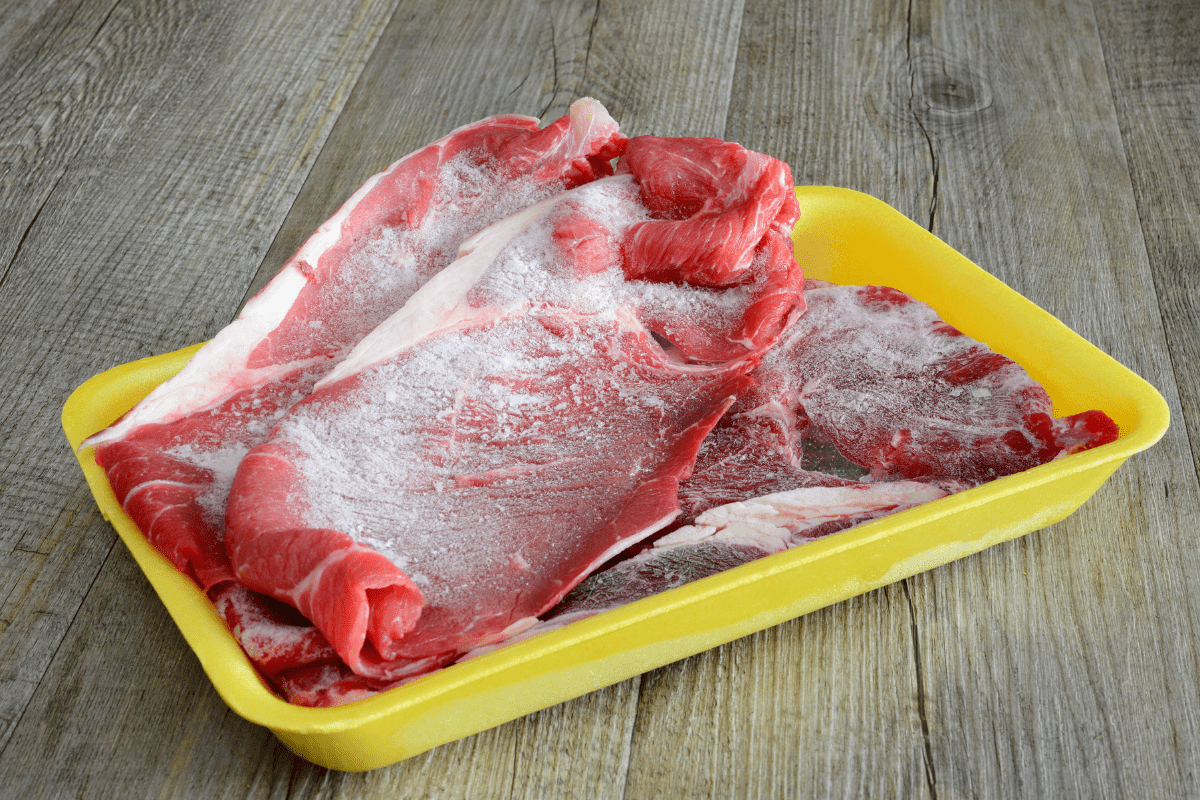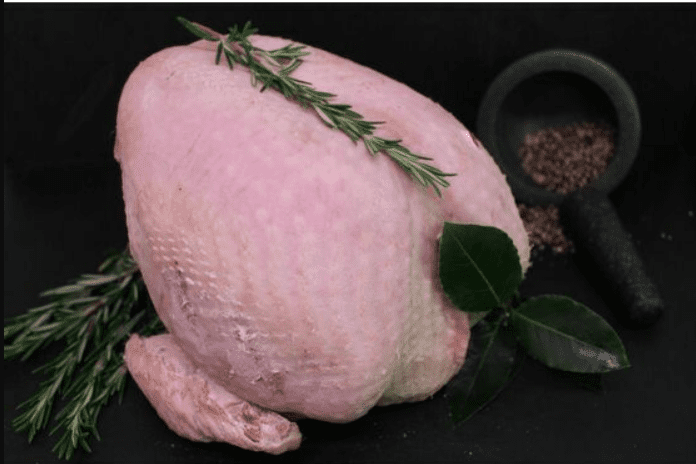So you have taken some meat or poultry out of the freezer and realise that you don’t actually need to use it yet. The product has fully thawed out and you are now left wondering whether it is safe to put it back into the freezer, or whether you need to go ahead and cook it.
So is it safe to refreeze raw meat and poultry that has thawed? Yes, raw meat and poultry is safe to refreeze after thawing, provided it has been defrosted in the refrigerator. However, if the meat or poultry has been out of refrigeration for longer than two hours, then it will NOT be safe to refreeze, and in some instances may not be safe to eat, even when it’s cooked!
So there you have it!
If you are looking for a quick answer to your question, provided you have safely handled and defrosted your meat, you can go forth and refreeze.
However, if you are looking for more in depth advice about how to safely store, handle and refreeze your meat and poultry, then keep reading to find out all you need to know.
This article will explain the simple guidelines you should follow to be confident that you are handling the meat safely, and not exposing yourself or others, to any unnecessary risks.
Disclaimer: This article contains affiliate links for which we may be paid a small commission on qualifying purchases at no extra cost to you!
Buying Guide For Meat & Poultry You Intend To Freeze
When you do your food shopping, you are probably already forward thinking about the meat and poultry that you intend to put into the freezer. With that in mind, there are certain steps you should take prior to purchasing the meat, to ensure you are starting out with the best possible advantage.
Here are some points to consider before purchasing your meat or poultry:
- Does the meat look fresh and appetizing
Fresh meat will look bright and have a slight sheen to it. If the meat in the counter is starting to look a little dry, is brown or grey in color or has visible bruises, blemishes or dry spots, then it is already past it’s best and should be avoided for freezing purposes.
- Is the food packaging secure?
You should not only inspect the meat itself, but also the packaging that the meat is being sold in.
Much of the meat products sold today is vacuum sealed / cryovac packed to extend the shelf life. This is a process that involves sealing the meat in an airtight pouch. However, if the packaging becomes damaged, the air can sometimes get in, and this will shorten the shelf life and cause spoilage.
Always check to see that whatever packaging is being used is in good condition with no visible signs of tears, rips, bashed corners or open seals etc.

- Does the meat have a long ‘Use By’ date?
Meat sold within supermarket and grocery store counters will have to be labelled with a ‘use by’ date. This date indicates when the supplier feels the meat should be cooked by. Obviously, the longer the time before that date that you have, the fresher the product will be, so try to by the meat with the longest date available.
Buying from an independent meat market or butchers will not have a ‘use by’ date as the meat is usually cut fresh to the customers requirements. Tell your butcher that you intend to freeze the meat, and ask them to label the package with a useable life date.
- Already Frozen Meat & Poultry
When purchasing already frozen products to put back into your freezer, you want to follow the same principles as buying fresh in as much as checking the look of the meat and the packaging. Also check for, and avoid buying, products with the following issues:
Freezer Burn: Any signs of freezer burn could indicate that air has got into the package and therefore the packaging is not secure. It is also a sign that the meat has been in the freezer a while and and may have partially defrosted, so is not as fresh as it should be.
Misshapen / Odd Shaped Products: If the frozen meats looks to be an odd shape to what you are expecting, then this may be a sign that the meat has partially thawed and refrozen during its journey to the store.
Avoid Products Near The Freezer Door: It is always best to try and take products from underneath or behind those closest to the freezer door. The products closest to the door are exposed to the constant temperature fluctuations of customers opening the door many times an hour to reach in and grab items. This may cause products closest to the door to begin thawing around the edges and reducing the quality.
Safe Handling of Meat & Poultry Prior to Freezing
Once you have done everything you can to ensure the meat and poultry bought is fresh and securely packaged, you need to get it from the store to your home safely. The longer the meat is out of a controlled refrigerated environment, the more it is starting to spoil and produce harmful bacteria
. Here are some tips to help you avoid any issues.
- Purchase the meat and poultry at the end of your shopping trip after you have collected all of the non perishable items on your list
- Use an insulated bag with ice blocks to place the chilled and frozen products into. Have this in your cart and place the products into it before, and after, going to the checkout counter.
- When you get home, place the chilled meat products into your refrigerator, and frozen items into the freezer, prior to unpacking the rest of your non perishable shopping items.
- Once you have put away the rest of your shopping, go back and prepare the chilled products ready to place in the freezer.
The sooner you get the chilled products into your freezer, the safer it will be should you decide to refreeze the product after thawing at a later date.
How to Safely Defrost Meat and Poultry
When it comes to defrosting your meat and poultry, the cold chain still needs to be respected. Here are some tips for safely defrosting your meat in a way that will allow you to refreeze it if necessary.
- Think of your meals ahead of time to allow you enough time to safely defrost your meat
- ALWAYS fully defrost your meat in the refrigerator*. Here are some approximate thawing time:
- 18 – 24 hrs: Small items such as chicken breast, chops, steaks, ground meat
- 24 – 36 hrs: Medium items such as whole chickens and roasts
- 36 – 72 hrs: Large items such as Turkeys, Large Roasts, & Bulk Packs
* If you are sure you will NOT need to refreeze the meat, you can remove the item from the refrigerator 1 – 2 hrs prior to cooking. DO NOT exceed 2 hrs outside of refrigeration!!!
- Segregate from other foods in the refrigerator to avoid cross contamination.
- Place on bottom shelf and where possible in a container to prevent juices dripping

Things to Consider Before Refreezing Raw Meat & Poultry
If you find that you no longer need the meat that you have defrosted, and you have followed the guidance of thawing in the refrigerator, then you may be able to refreeze the meat. Here are some things to bear in mind before going ahead and placing the meat back into the freezer.
How Long Has The Meat Been Thawed?
Earlier in the article we talked about the ‘use by’ date of the meat you are freezing. If the meat had 2 days life remaining when you froze it, and it has sat thawed in your refrigerator for 2 days, the meat has now reached it’s useable life. If you were to refreeze, you could be taking it ‘beyond’ the useable life when you come to thaw it out again.
Does The Meat Still Appear Fresh
Even if the meat still has life left before the use by date is reached, doesn’t necessarily mean it is fit to refreeze.
Over time, freezing reduces the quality of the meat and can cause freezer burn or partial defrosting if placed close to a door of the freezer. Ensure you check the condition of the meat before deciding to put it back into the freezer. If the meat is showing any sign of deterioration, it is probably advisable not to refreeze it in its current state.
Would Cooking and Freezing Be A Better Option?
If you feel the meat may be questionable to freeze in its current raw state, it does not mean that you will need to dispose of it. Cooking the meat will allow you to refreeze the product before it reaches an unusable condition or passes its ‘use by’ date.
How to Safely Package & Label Frozen Meat & Poultry
When it comes to freezing your fresh meat or poultry, a little bit of time spent now, will make it more likely that you will be able to refreeze the product at a later date should the need arise.
By correctly packaging and labelling the meat, you are ensuring that it retains its quality whilst frozen, as well as providing all the information required when it comes to defrosting.
How to Package the Meat for Freezing
Although it is tempting to just throw the meat in the freezer in the original packaging, depending on the type of packaging used, you could find your meat soon begins to deteriorate with freezer burn.
Meat products such as chops, ground meat and roasts etc that are just placed on a poly tray covered with cling wrap will NOT be protected once it is placed in the freezer.
You want to ensure that the meat is wrapped as airtight as possible and that the packaging used is tough enough to handle being moved around in the freezer.
Here are some more durable options to help protect your meat and maintain its quality during freezing.
Freezer Bags
Just as the name suggests, these are bags designed to keep your products protected during their time in the freezer. They are easy to use and usually come with a resealable plastic slider allowing you to use the bag several times. These are a a quick and easy option, however you want to make sure you purchase a quality brand as the cheaper bags can easily split or become damaged which will allow freezer burn to happen.
Waxed Freezer Paper
If you purchase your meat from a meat market or independent butcher, you will probably have noticed that they wrap the meat in a waxed paper. This not only help protect against leakage, but also allows you to drop the meat into the freezer without further handling.
Wax paper does a good job of protecting the meat during freezing, however, of you think the meat will be in the freezer for any length of time (3 months+), it is recommended that you also put the wrapped package inside a freezer bag for added protection.
Home Vacuum Packing

If you freeze a lot of food, or like to buy in bulk purchases, then investing in a home vacuum packer may be worthwhile.
The advantages of a vacuum sealer is that all of the air is removed from the pouch and makes freezer burn much less likely. Also, due to the fact that the air is sucked out and the packaging is pulled tight around the product, it takes up less space in the freezer.
When defrosting, provided the pouch has not been damaged, there should be no loss of juices to drip into your fridge, and with the seal intact, the shelf life once thawed, will be extended.
As with all things, if you decide to look into getting a vacuum sealer, paying a little more for a quality brand that is fit for purpose, will more than pay for itself over time.
How to Correctly Label The Meat For Freezing
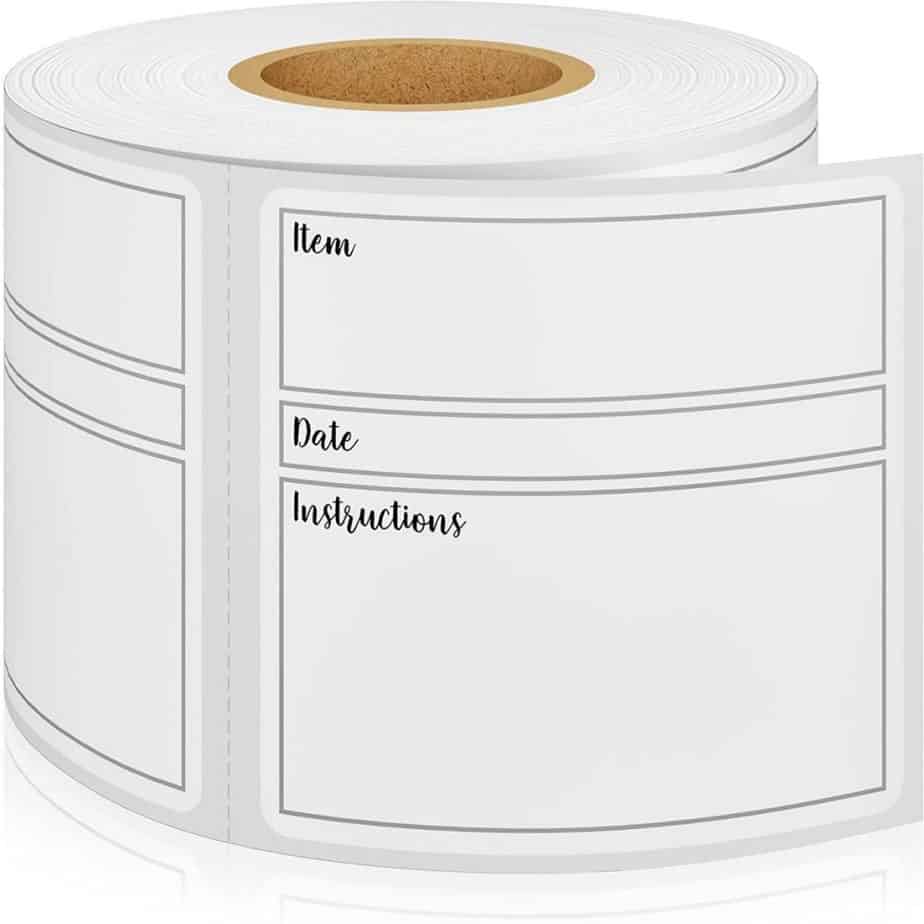
Having taken the time to correctly package your meat for freezing, you want to take just that extra minute to ensure it is also labelled correctly.
By writing all of the relevant information on the label, you will remove any ‘guesswork’ when you come to use the meat, and prevent any chance of potential hazards to health.
Basically, the more information you write on the label when you first freeze the meat, the more informed you will be as to whether the meat will be safe to refreeze should the need arise.
Here is a checklist of information you want to include on the label.
- Package Contents
- Date of Freezing
- Useable Life Once Thawed
- Has It Been Previously Frozen
When it is NOT SAFE to Refreeze Meat & Poultry
So now you know how to store your buy, package and freeze your meat, we will look at the times you should NOT consider refreezing.
Out of Cold Chain for More Than 2 Hours*
If your meat has spent more than 2 hours out of refrigeration, then you should not take the risk of refreezing.
Many people will leave their frozen meat to start or end thawing on a counter top out of refrigeration. Whilst this is not best practice, it can be acceptable if you are going to cook the meat immediately after thawing.
However, after 2 hours, meat left out of refrigeration is at risk of developing harmful pathogens or bacteria that can cause food poisoning. The longer the meat remains out of the cold chain, the more the bacteria will multiply adding to the likelyhood that someone may get sick if the food is not cooked thoroughly.
If you haven’t followed the advice of fully defrosting your meat in the refrigerator, then do not risk refreezing. Better to thoroughly cook the meat and then freeze it for use another day.
Signs of Deterioration
If after thawing the meat in the refrigerator you notice that there are signs of deterioration such as freezer burn, unnatural or offensive odor, sticky to the touch or major discoloration, then your meat has reached or gone beyond its useable life. At this point you should decide whether it can still be cooked or better to be thrown away. DO NOT refreeze any meat or poultry that is showing any of these signs.

Taken Beyond ‘Use BY’ Date
If after defrosting the meat it has remained thawed in the refrigerator, you may have reached the natural ‘Use By’ date which would make it dangerous to refreeze. This is why it is important to label your frozen items with the ‘Useable Days Once Thawed’ information.
An example of calculating the Useable days when refreezing:
You have purchased a fresh chicken and taken it home to freeze. The ‘use by’ date on the original label is 2 days from now. When you wrap the chicken to freeze, you will write todays date on the label and mark it as having ‘2 Days Useable Life’.
Assuming you take the chicken out of the freezer on a Tuesday and place it in the refrigerator to thaw, it should be thawed and ready to use by Wednesday. With the 2 days useable life remaining you could safely keep the chicken in the fridge to use by Friday.
If on Thursday you decided you don’t need the chicken, and it has remained in the refrigerator for the whole time since you removed it from the freezer, you could safely refreeze the chicken. However – you would now need to relabel the chicken as having ‘1 day useable life once thawed‘ as well as marking it previously frozen.
Although you could technically still refreeze the chicken on the Friday and label it a 0 days useable life once thawed, it is best practice to allow at least one day useable life due to not knowing the exact thawing times etc.
If In Doubt – Throw It Out!
Although refreezing meat and poultry is perfectly safe when done correctly, ultimately you want to err on the side of caution and common sense.
Food poisoning is very unpleasant and can even be fatal. If you have any concerns at all about whether something is safe to eat, let alone refreeze, then please don’t take any chances and just toss it out.
